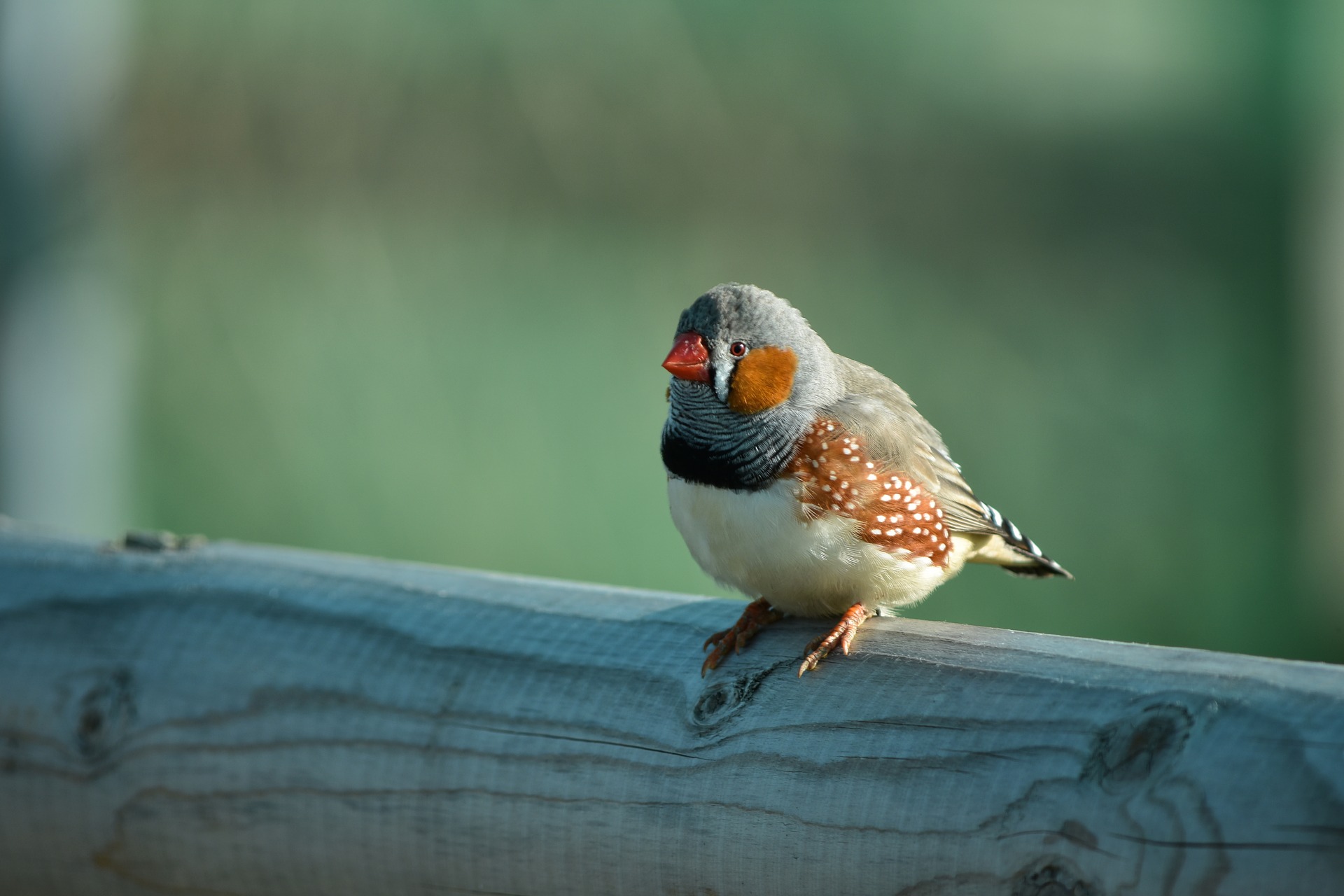
Collective behaviour of animal groups
Study from Konstanz demonstrates: If animal groups are disturbed this will have an impact on their collective behaviour – results may be transferable to other social units
Disturbance events such as human interference or predator attacks may negatively affect animal groups. Using an innovative tracking technique, researchers from the University of Konstanz and the Max Planck Institute for Ornithology in Germany have demonstrated how groups of birds become less efficient at foraging together after group members had been separated for just two days. In the paper, published in the current issue of the scientific journal Proceedings of the Royal Society B, the biologists Dr Adriana Maldonado-Chaparro, Mr Gustavo Alarcon-Nieto, Mr James Klaveras-Irby and Dr Damien Farine investigated the effect of disturbance events on the ability for animal groups to perform a collective task, and the mechanisms underlying changes in group responses.
“How groups respond to disturbances, and how they are able to recover from disturbance events is a really key issue for conservation, especially as animals face increasing impacts from human activities” said Dr. Maldonado-Chaparro, the lead author of the study.
The team studied two captive populations of zebra finches, a bird species that naturally lives in social colonies. They designed a disturbance experiment where they temporarily separated colony members for two days. After they were re-united, the amount of food that the group consumed decreased. This indicates that the ability for the group to work together at a collective task was greatly reduced as a consequence of the disturbance. The effect was further enhanced when groups were repeatedly disturbed.
The study was made possible by a novel state-of-the-art tracking system. “We used backpack-mounted barcodes on the birds and an image-recognition software to obtain very detailed information on the position and orientation of each individual. We identified the birds that visited the food and captured the interactions that happened at the feeding arena” said Adriana Maldonado-Chaparro. The researchers were able to use this data to construct the birds’ social networks and identify factors that contributed to their decreased ability to function collectively.
When examining how individuals interacted during the foraging trials, the team found that having separated group members for two days had changed the relationships among group members. Their relationships became weaker and more differentiated, meaning that birds became more exclusive at only tolerating their more preferred companions and reducing their tolerance towards other individuals. These results suggest that social disturbances disrupt the social relationships among the group members, and in doing so has consequences for the whole group.
The Konstanz team found that these changes in group function lasted several weeks after the end of the disturbance period. “We never expected the effects to be so strong and so long lasting” said Dr Farine, senior author of the study. “The relationships among colony members only began to recover after 6 weeks of remaining together again”. The data coming from this study suggests that even short term impacts on an animal group might have long-term costs on that group’s function.
This study is unique in tying the ability for individuals to successfully forage to the history of their group’s experiences. The results are likely to be much more widely applicable, and help us gain a better understanding about how even seemingly small disturbances to social units in which individuals benefit by working together, such as families, groups of friends, or workplaces, can have long term impacts on their success.
“Our study provides a key new insight into the evolution of animal societies by linking individual’s ability to extract food from their environment to the long-term stability of the group they live in” summarizes Farine.
Key facts:
- Original publication: Maldonado-Chaparro, G. Alarcón-Nieto, J. A. Klarevas-Irby, D. R. Farine: Experimental disturbances reveal group-level costs of social instability. Proceedings of the Royal Society B, 14. November 2018. http://dx.doi.org/10.1098/rspb.2018.1577
- Study shows: Disturbance events affect animal groups and their collective behaviour
- Conducted by researchers from the University of Konstanz and the Max Planck Institute for Ornithology in Radolfzell
- Funded by the Max Planck Society (MPG) and the German Research Foundation (DFG)
Press information: No. 114/2018
